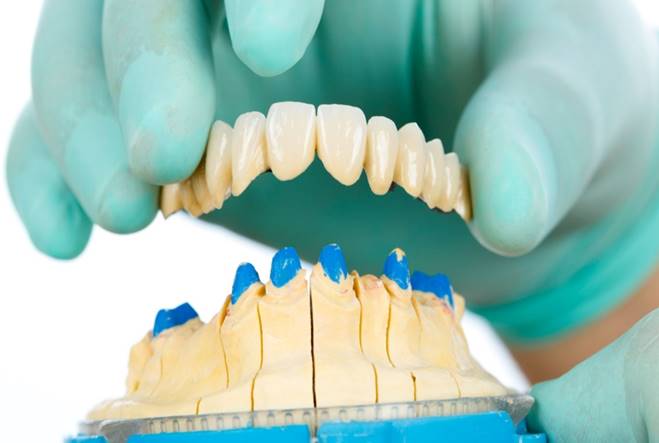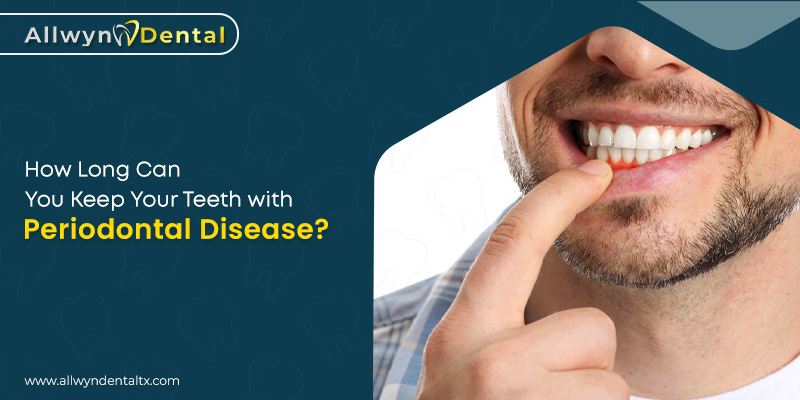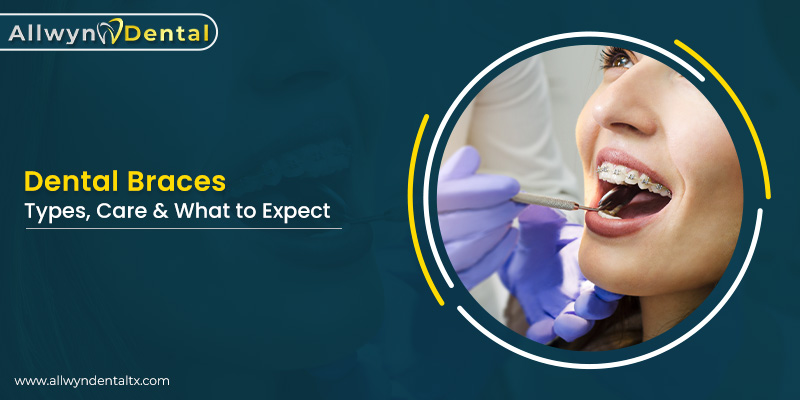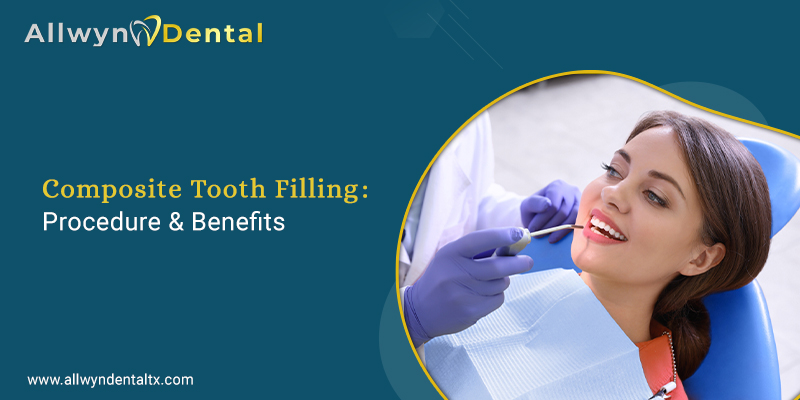Losing a tooth can impact your smile, confidence, and oral health. Fortunately, dental bridges provide an effective solution to restore missing teeth and improve functionality. This comprehensive guide will walk you through everything you need to know about dental bridges, from consultation to achieving a confident smile.
What Are Dental Bridges?
A dental bridge is a prosthetic device used to replace one or more missing teeth by anchoring artificial teeth (pontics) to the surrounding natural teeth or dental implants. The primary purpose of a dental bridge is to restore aesthetics, improve chewing ability, and prevent surrounding teeth from shifting.
Types of Dental Bridges
There are several types of dental bridges available, each catering to different dental needs:
1. Traditional Bridges
- Consist of a false tooth (pontic) held in place by crowns cemented onto the adjacent natural teeth.
- Ideal for patients with healthy teeth adjacent to the gap.
2. Cantilever Bridges
- Similar to traditional bridges but supported by a single adjacent tooth.
- Suitable for areas with only one healthy tooth available for support.
3. Maryland Bridges
- Use a metal or porcelain framework bonded to the backs of adjacent teeth.
- Less invasive than traditional bridges but may not be as durable.
4. Implant-Supported Bridges
- Anchored by dental implants instead of natural teeth.
- Provide superior stability and longevity.
The Dental Bridge Process: Step-by-Step Guide
1. Initial Consultation
Your dentist will evaluate your oral health, take X-rays, and discuss the best bridge option for your needs. If any underlying issues exist, such as gum disease or tooth decay, they must be addressed before proceeding.
2. Tooth Preparation
For traditional and cantilever bridges, the adjacent teeth will be reshaped to accommodate the crowns. Impressions of your teeth are taken to create a custom bridge that matches your bite and aesthetics.
3. Temporary Bridge Placement
A temporary bridge may be placed while your permanent restoration is being fabricated. This protects the prepared teeth and maintains functionality.
4. Permanent Bridge Placement
Once your custom bridge is ready, your dentist will remove the temporary bridge, check the fit, and cement the permanent bridge into place. Adjustments may be made to ensure a comfortable bite.
Dental Bridges 101: Everything You Need to Know Before Getting One
Caring for Your Dental Bridge
Proper care ensures the longevity of your dental bridge. Follow these tips to maintain your new smile:
- Maintain Good Oral Hygiene: Brush twice daily and floss under the bridge using specialized floss or interdental brushes.
- Regular Dental Check-Ups: Schedule routine dental visits to monitor the condition of your bridge and overall oral health.
- Avoid Hard and Sticky Foods: Prevent damage by avoiding foods that could stress or dislodge the bridge.
- Use a Mouthguard: If you grind your teeth at night or play contact sports, a mouthguard can protect your bridge and surrounding teeth.
Benefits of Dental Bridges
- Restores a complete, natural-looking smile.
- Enhances chewing and speaking abilities.
- Prevents neighboring teeth from shifting out of place.
- Provides a long-lasting solution with proper care.
Are You a Candidate for Dental Bridges?
You may be an ideal candidate if you:
- Have one or more missing teeth.
- Have healthy adjacent teeth or strong bone structure for implant support.
- Maintain good oral hygiene and overall dental health.
Dental bridges are a reliable and effective solution for replacing missing teeth, restoring function, and boosting confidence. If you’re considering a dental bridge, consult your dentist to determine the best option for your needs. With proper care, your bridge can last for many years, allowing you to enjoy a beautiful, functional smile once again.
For expert advice and a personalized consultation, book an appointment with your dentist today!





















